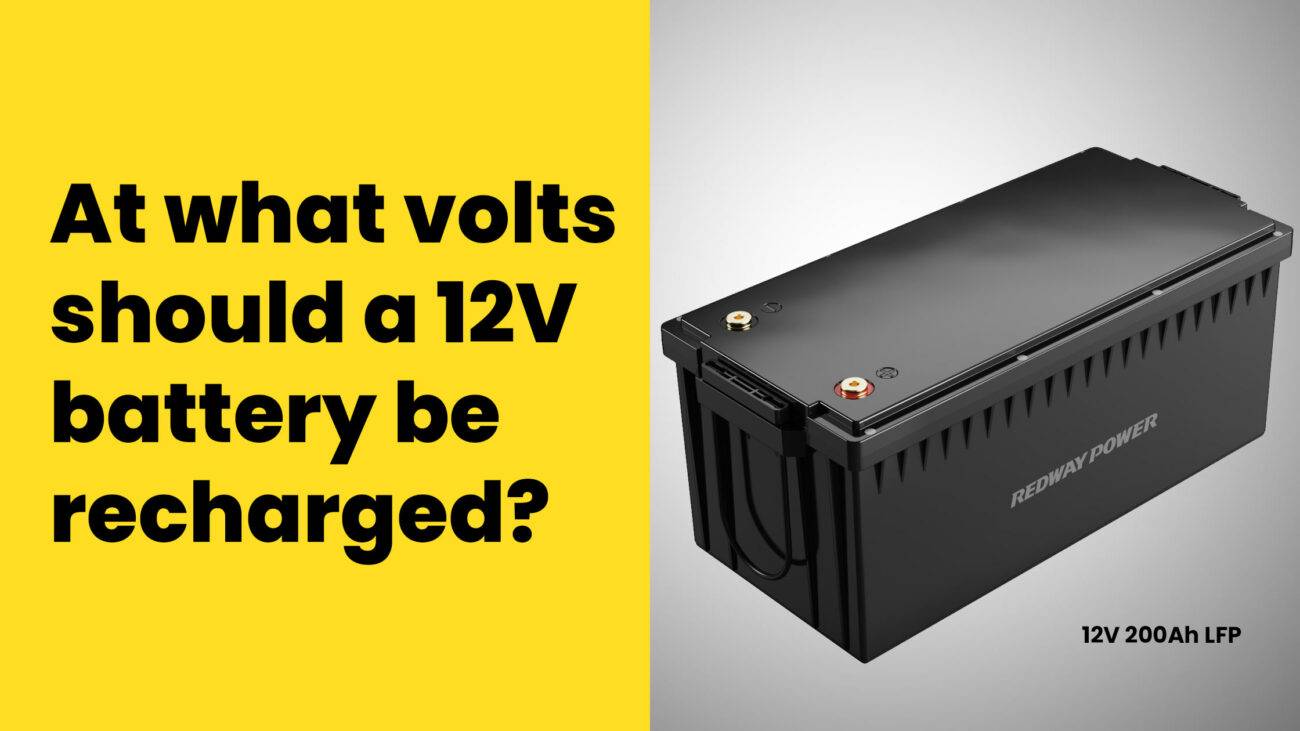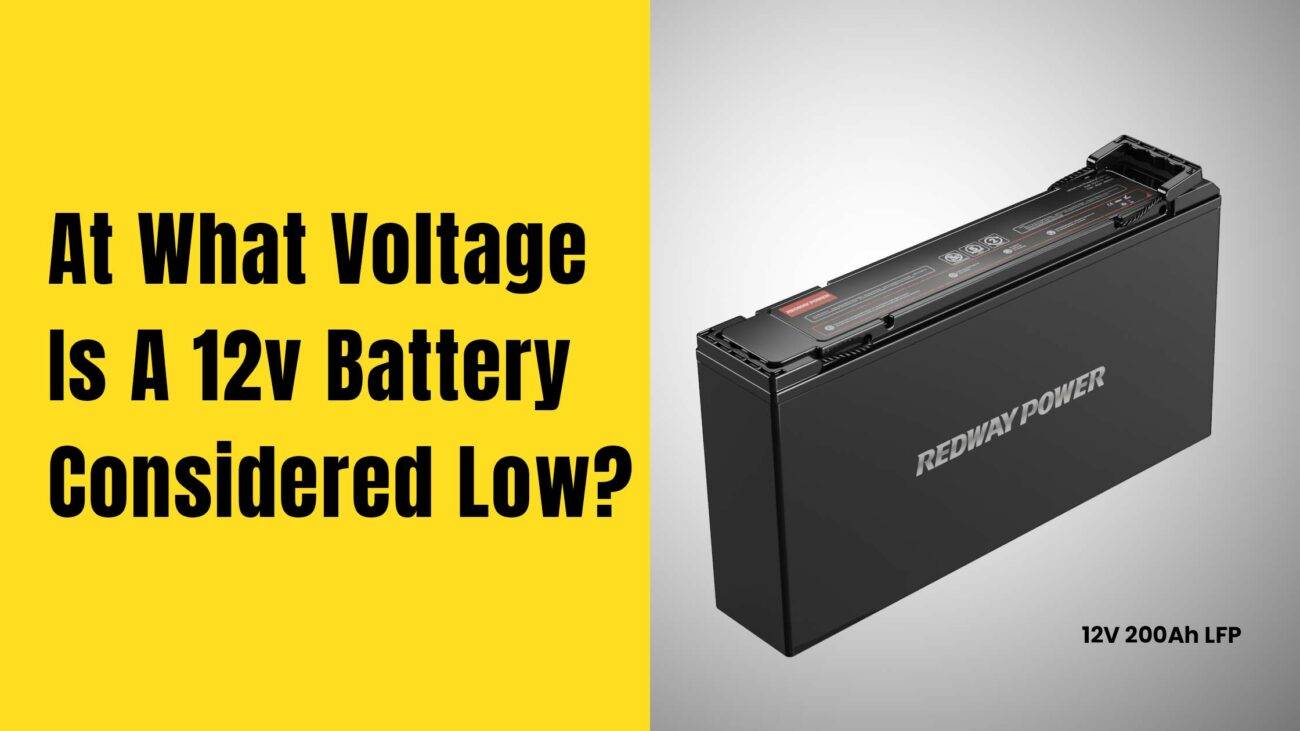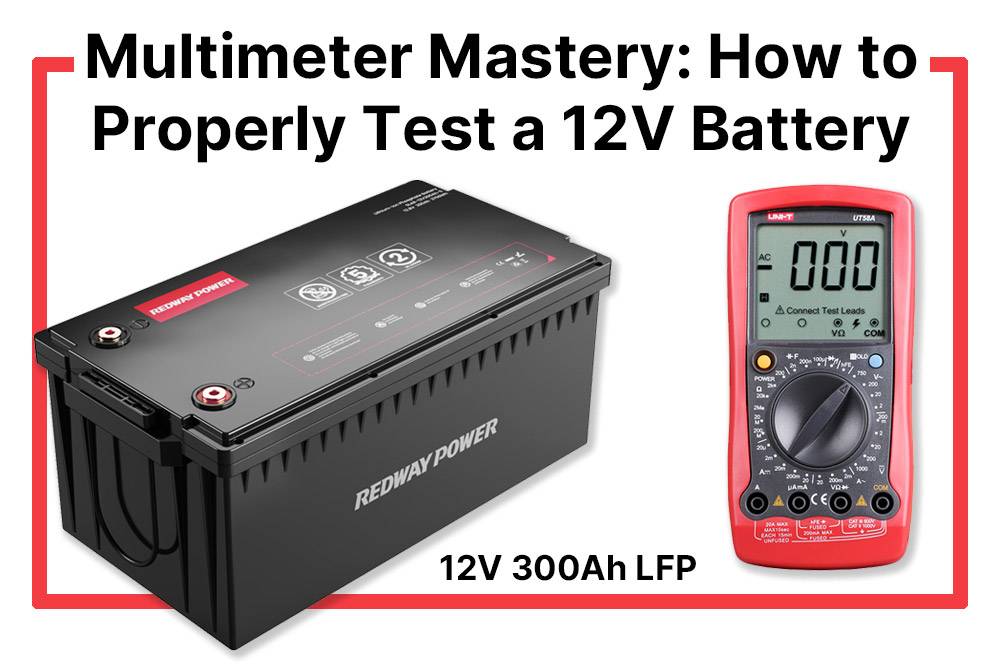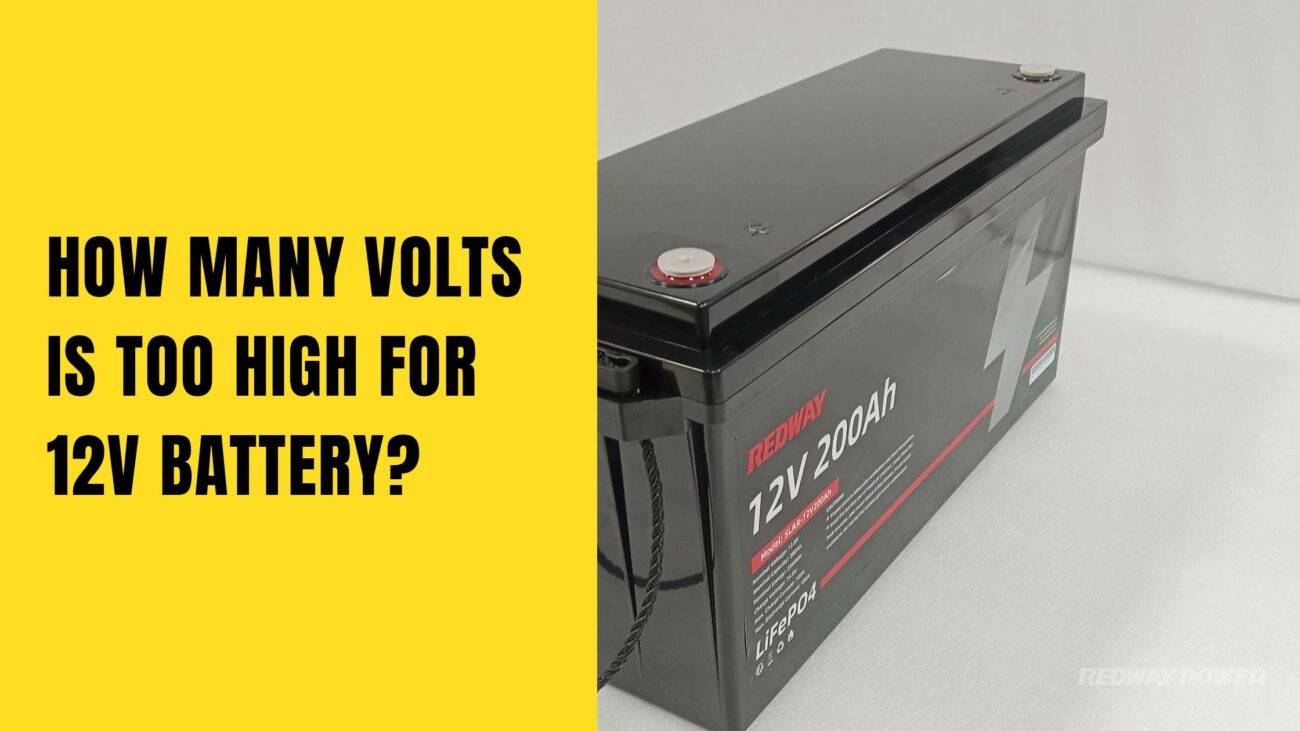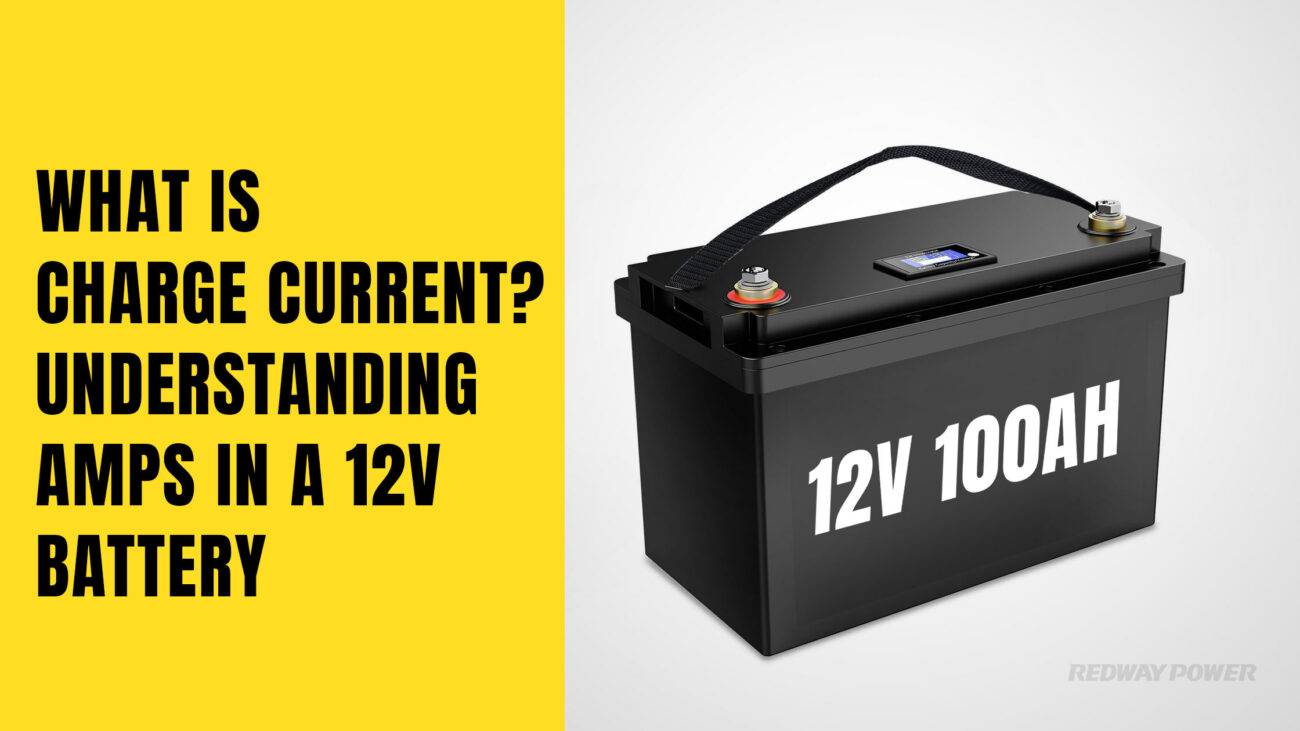- Lithium Golf Cart Battery
- Forklift Lithium Battery
-
48V
- 48V 210Ah
- 48V 300Ah
- 48V 420Ah (949 x 349 x 569 mm)
- 48V 420Ah (950 x 421 x 450 mm)
- 48V 456Ah
- 48V 460Ah (830 x 630 x 590 mm)
- 48V 460Ah (950 x 421 x 450 mm)
- 48V 460Ah (800 x 630 x 600 mm)
- 48V 460Ah (820 x 660 x 470 mm)
- 48V 500Ah
- 48V 560Ah (810 x 630 x 600 mm)
- 48V 560Ah (950 x 592 x 450 mm)
- 48V 600Ah
- 48V 630Ah
-
48V
- 12V Lithium Battery
12V 150Ah Lithium RV Battery
Bluetooth App | BCI Group 31
LiFePO4 Lithium
Discharge Temperature -20°C ~ 65°C
Fast Charger 14.6V 50A
Solar MPPT Charging - 24V Lithium Battery
- 36V Lithium Battery
- 48V Lithium Battery
-
48V LiFePO4 Battery
- 48V 50Ah
- 48V 50Ah (for Golf Carts)
- 48V 60Ah (8D)
- 48V 100Ah (8D)
- 48V 100Ah
- 48V 100Ah (Discharge 100A for Golf Carts)
- 48V 100Ah (Discharge 150A for Golf Carts)
- 48V 100Ah (Discharge 200A for Golf Carts)
- 48V 150Ah (for Golf Carts)
- 48V 160Ah (Discharge 100A for Golf Carts)
- 48V 160Ah (Discharge 160A for Golf Carts)
-
48V LiFePO4 Battery
- 60V Lithium Battery
-
60V LiFePO4 Battery
- 60V 20Ah
- 60V 30Ah
- 60V 50Ah
- 60V 50Ah (Small Size / Side Terminal)
- 60V 100Ah (for Electric Motocycle, Electric Scooter, LSV, AGV)
- 60V 100Ah (for Forklift, AGV, Electric Scooter, Sweeper)
- 60V 150Ah (E-Motocycle / E-Scooter / E-Tricycle / Tour LSV)
- 60V 200Ah (for Forklift, AGV, Electric Scooter, Sweeper)
-
60V LiFePO4 Battery
- 72V~96V Lithium Battery
- Rack-mounted Lithium Battery
- E-Bike Battery
- All-in-One Home-ESS
- Wall-mount Battery ESS
-
Home-ESS Lithium Battery PowerWall
- 24V 100Ah 2.4kWh PW24100-S PowerWall
- 48V 50Ah 2.4kWh PW4850-S PowerWall
- 48V 50Ah 2.56kWh PW5150-S PowerWall
- 48V 100Ah 5.12kWh PW51100-F PowerWall (IP65)
- 48V 100Ah 5.12kWh PW51100-S PowerWall
- 48V 100Ah 5.12kWh PW51100-H PowerWall
- 48V 200Ah 10kWh PW51200-H PowerWall
- 48V 300Ah 15kWh PW51300-H PowerWall
PowerWall 51.2V 100Ah LiFePO4 Lithium Battery
Highly popular in Asia and Eastern Europe.
CE Certification | Home-ESS -
Home-ESS Lithium Battery PowerWall
- Portable Power Stations
What are the stages of charging a 12V battery?

Are you curious about how a 12V battery gets charged? Whether it’s for your car, boat, or other electronic gadgets, understanding the stages of charging can help you maintain a healthy battery life and avoid unexpected breakdowns. In this blog post, we will dive into the fascinating world of 12V batteries and explore each stage of their charging process. So grab your charger and let’s power up our knowledge!
Stage 1: Bulk Charging
Stage 1: Bulk Charging
When it comes to charging a 12V battery, there are several stages involved. The first stage is known as bulk charging. During this phase, the charger delivers a high current to quickly replenish the battery’s charge.
Bulk charging is essential for batteries that have been deeply discharged or left unused for an extended period. It helps bring the voltage up to around 80% of its capacity in a relatively short time.
During this stage, it’s important to monitor the battery closely and ensure that it doesn’t overheat. If you notice any signs of excessive heat or boiling electrolyte, it’s crucial to stop the charging process immediately and allow the battery to cool down before continuing.
The duration of bulk charging can vary depending on factors such as battery size and level of discharge. In general, larger batteries with higher levels of discharge will require more time in this stage.
Bulk charging plays a vital role in jump-starting the recharge process and preparing the battery for subsequent stages. It sets the foundation for efficient and effective charging, ensuring that your 12V battery gets back up to full power in no time!
Stage 2: Absorption Charging
Stage 2: Absorption Charging
Absorption charging is the second stage in the process of charging a 12V battery. After the initial bulk charging, where a constant voltage is applied to rapidly charge the battery, absorption charging takes over to bring the battery to its full capacity.
During this stage, the charger reduces its voltage slightly while maintaining a steady current flow. This allows for a slower and more controlled recharge, ensuring that all cells in the battery are evenly charged. The purpose of absorption charging is to top off any remaining charge and balance out any discrepancies between individual cells.
It’s important to note that during absorption charging, heat can be generated within the battery due to increased internal resistance. To prevent overheating and potential damage, it’s crucial that your charger has built-in safety features like temperature sensing or an automatic shutdown mechanism.
The duration of absorption charging varies depending on factors such as battery type, size, and discharge level. Typically, it lasts around 1-4 hours until reaching about 90-95% capacity. Once this threshold is reached, it transitions into the next stage – float charging.
Properly managing each stage of the charging process ensures optimal performance and longevity for your 12V battery. So make sure you have a reliable charger with appropriate settings for absorption charging!
Remember: never leave your batteries unattended while they’re being charged! Safety should always be a top priority when dealing with electrical devices.
Stage 3: Float Charging
Stage 3: Float Charging
Float charging is the final stage in the process of charging a 12V battery. This stage is designed to maintain the battery at its fully charged state without overcharging it.
During float charging, the charger provides a constant voltage that matches the battery’s full charge level. This low-level current helps counteract self-discharge and keeps the battery ready for use at any time.
The purpose of float charging is to prevent excessive gassing and heat buildup, which can lead to electrolyte loss and damage to the internal components of the battery. By providing a trickle charge, float charging ensures that your battery remains topped up and ready for action.
It’s important to note that not all chargers have this float charging capability built-in. If you choose a charger without this feature, you’ll need to monitor your battery manually and disconnect it once it reaches full charge to avoid overcharging.
Float charging is essential for maintaining your 12V battery’s health by providing a steady trickle charge while preventing overcharging or discharging. By incorporating this stage into your overall maintenance routine, you can extend your battery’s lifespan significantly!
Factors that Affect the Charging Process
Factors that Affect the Charging Process
When it comes to charging a 12V battery, there are several factors that can impact the overall process. One of the most important factors is temperature. Extreme temperatures, whether too hot or too cold, can affect the effectiveness of the charging process. It’s important to keep your battery in an environment with moderate temperatures for optimal performance.
Another factor to consider is the state of charge before beginning the charging process. If your battery is completely discharged, it may take longer to reach a full charge compared to a partially charged battery. Additionally, if you’re using a charger with lower voltage output, it will also increase the time required for a complete charge.
The type and quality of charger used can also have an impact on how efficiently your 12V battery charges. Using a charger specifically designed for 12V batteries will ensure proper voltage and current regulation during each stage of charging.
Regular maintenance and care play crucial roles in determining how well your battery charges over time. Keep an eye out for any signs of damage or corrosion on terminals and clean them as needed. Regularly check water levels (for flooded lead-acid batteries) and top up when necessary.
By considering these factors and taking appropriate measures, you can help ensure that your 12V battery charges efficiently and maintains its health for years to come!
Tips for Maintaining a Healthy Battery Life
Tips for Maintaining a Healthy Battery Life
Now that you have a better understanding of the stages involved in charging a 12V battery, let’s explore some tips to ensure your battery stays healthy and performs optimally:
1. Regularly Inspect the Battery: Keep an eye on your battery for any signs of damage or corrosion. Clean off any dirt or debris and make sure all connections are secure.
2. Avoid Overcharging: While modern chargers have built-in mechanisms to prevent overcharging, it’s still important to monitor the charging process and disconnect the charger once the battery reaches full charge.
3. Use a Smart Charger: Investing in a smart charger can extend the life of your 12V battery by automatically adjusting its voltage and current output based on its needs.
4. Avoid Deep Discharges: Try not to completely discharge your battery before recharging it. Deep discharges can reduce overall capacity and lifespan.
5. Store Batteries Properly: If you need to store your batteries for an extended period, make sure they are charged fully before storing them in a cool, dry place away from direct sunlight.
6. Disconnect When Not in Use: If you’re not using your vehicle or equipment regularly, consider disconnecting the battery to minimize parasitic drain and prolong its life.
7. Perform Regular Maintenance Checks: Schedule routine maintenance checks with professionals who can test your battery’s health, clean terminals if necessary, and provide expert advice on maintaining optimal performance.
By following these tips, you’ll be well-equipped to maintain a healthy 12V battery that will reliably power up your vehicles or equipment whenever needed!
Remember that proper care is key when it comes to maximizing the lifespan of any electrical device – including batteries! So take good care of them, stay informed about their charging stages, and enjoy smooth operations without unexpected hiccups!
*Note*: The blog post has been written according to general knowledge about charging 12V batteries. It’s always recommended to refer to the specific manufacturer’s guidelines














